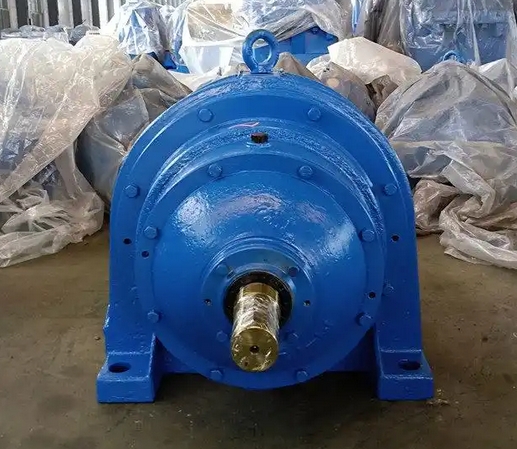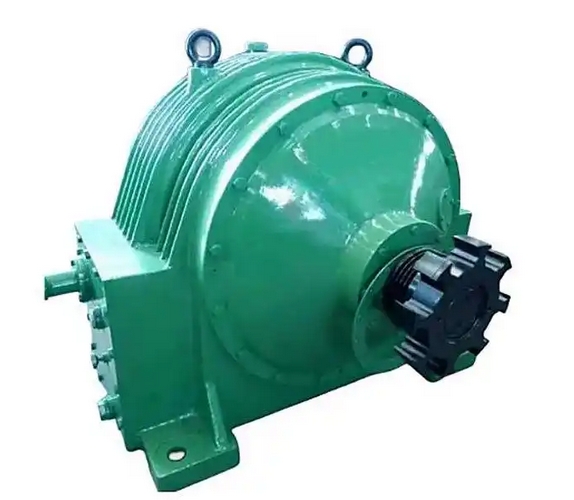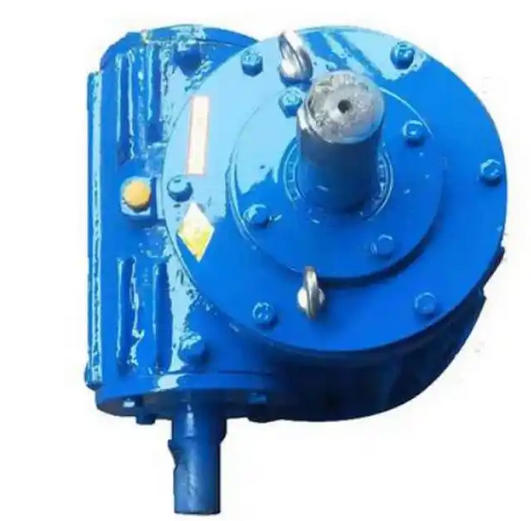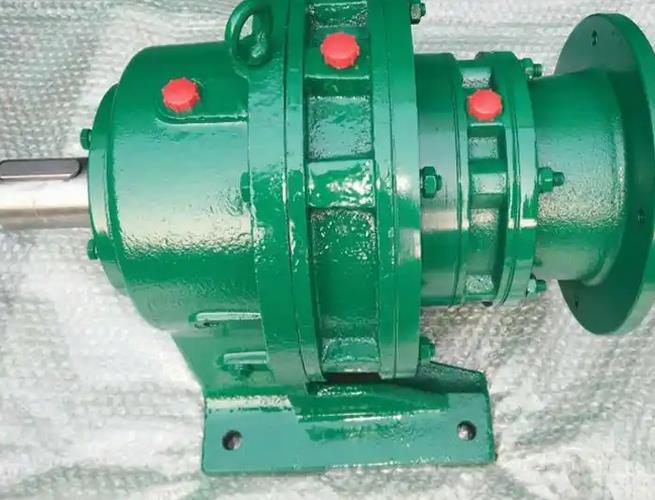How to determine if there is a malfunction in the equipment or system during the load test of NGW112 planetary gear reducer
In the load test of NGW112-8-31.5 planetary gear reducer, the following aspects can be used to determine whether the equipment or system has malfunctioned:Abnormal sound: If the gearbox makes sharp and piercing whistling sounds, irregular knocking sounds, or other abnormal noises during operation, it may be due to poor gear meshing, damaged bearings, or foreign objects entering the interior, indicating that the equipment may have malfunctioned.

Vibration intensification: Use a vibration analyzer to detect the vibration situation of the reducer. If the vibration size and frequency are abnormal and exceed the normal range, it may be due to imbalance, misalignment, gear wear, or bearing problems, and further inspection is needed.
Excessive temperature: Temperature can be monitored through temperature sensors or by touching the casing with hands. If the temperature of the gearbox is higher than the ambient temperature by more than 40 ℃, or if there is obvious local heating, it may be caused by poor lubrication, overload, poor heat dissipation, or excessive friction of internal components.
Lubricating oil issue: Check the oil level of the lubricating oil. If the oil level is below the minimum mark, there may be oil leakage. Observe the color, odor, and viscosity of the lubricating oil. If the lubricating oil turns black, thin, has an odor, or contains impurities such as metal shavings and dirt, it may be due to internal component wear or oil deterioration.
Abnormal speed: Use a tachometer to measure the output shaft speed. If the speed decreases or fluctuates significantly, with a large deviation from the rated speed, it may be caused by reduced gear transmission efficiency, component slippage, or motor failure.
Current exceeding rated value: Monitor the operating current of the motor, which should be below 80% of the rated current under normal circumstances. If the current continues to exceed the rated value, it indicates that the motor may be overcoming overload, and the gearbox may have overload or other faults.
Appearance damage: Observe whether there are obvious damages, cracks, deformations, etc. on the outer shell of the reducer. If so, the equipment may have malfunctioned.
Abnormal output torque: The output torque of the gearbox is measured by a torque sensor. If the measured torque is much lower than the rated torque, it may be due to gear wear, damage to transmission components, or other reasons that lead to a decrease in transmission efficiency.





